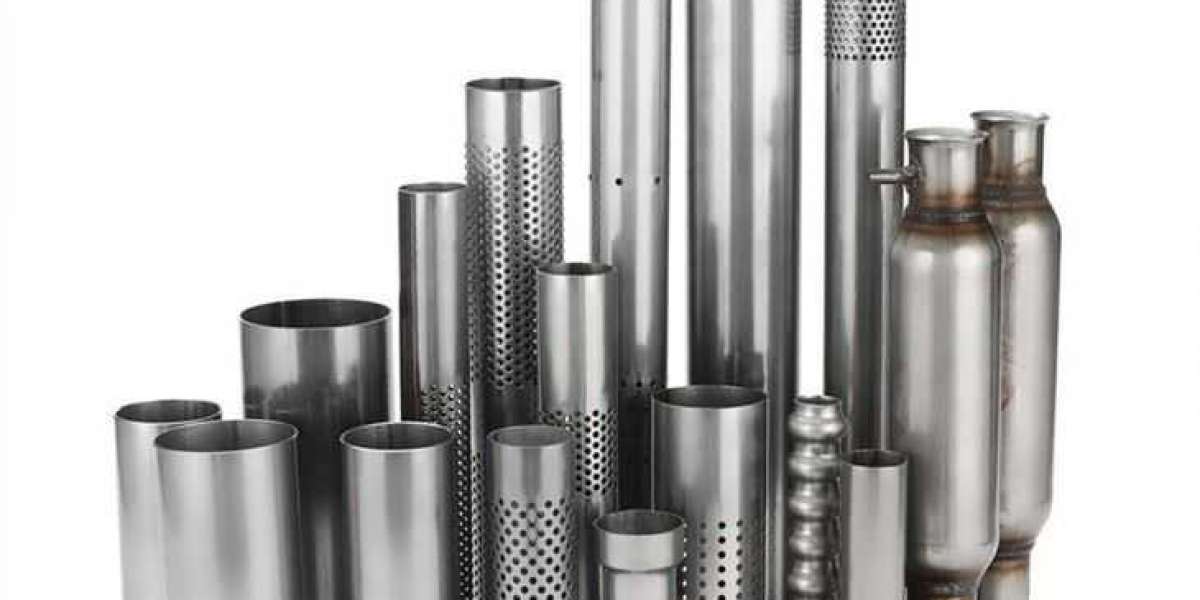Swimming pools are a great source of relaxation and fun during the hot summer months. But, what do you do when your pool water turns an unpleasant shade of green? In this article, we will explore the causes of green pool water and provide you with effective solutions to fix it.
Why is My Pool Water Green?
Green pool water can be caused by a variety of factors, including:
- Excessive algae growth
- Low chlorine levels
- Pool water pH higher than 7.8
- Excessive pollen in the water
- Poor water circulation
- Faulty or inadequate filtration system
- High phosphate levels
- A combination of these factors
Read more: Korean Blue 3-Bulb LED Lights
My Pool Water is Green and Cloudy
If your pool appears green and cloudy, it is likely an algae problem. Algae can persist in a pool even after shock treatment. A green pool, especially one that turned green overnight or after rain, may also be due to improper water circulation or issues with your filtration system.
My Pool Water Looks Green but is Clear
Clear pool water with a greenish hue can be caused by pollen, chlorine-resistant algae, or most commonly, a pH level that is too high. When a pool's pH is higher than 7.8, even high levels of chlorine become ineffective, and the metal in your water and pool components can oxidize, giving the water a greenish tint.
Read more: Micro Tech Blue LED Strips
How Do I Fix a Green Pool?

The most common solution for a green pool is to shock it. To properly clean green pool water, you will need to thoroughly clean the pool tiles, filters, and equipment, shock the pool, add algaecides, and rebalance your pool water. The entire process of restoring a green pool usually takes a few days.
Follow these steps to know what to do with cloudy green pool water:
- Vacuum the pool floor and sides thoroughly by hand, paying particular attention to areas where algae has built up.
- Brush the floor and walls of your pool with a sturdy brush to remove algae stains. You can try adding baking soda to the brush or directly on the algae spots as a gentle abrasive that won't scratch the tiles or accessories.
- Test and clean your pool filters. They may have become dirty, especially after loose algae has been brushed off. If you have algae slime, start here before vacuuming or brushing.
- Test and balance your pool's pH level. If the pH is too high, your chlorine won't work effectively, and if it's too low, your shock treatment will be hindered. Use our Pool pH Guide for more help on how to increase or decrease pool pH levels.
- Test your pool's alkalinity, free chlorine, and phosphate levels. If you have a green pool with algae, it is likely that your chlorine levels are low and your phosphate levels are high. Use baking soda to increase your alkalinity levels if necessary. Learn more about the importance of alkalinity for pool water balance with our Pool Maintenance Tips.
- Add a high concentration shock treatment. Make sure to follow the instructions and add the appropriate amount to prevent under-shocking. Note: even if you usually use non-chlorine shock, you will need to use chlorine to properly address green pool algae. Repeat with a second shock treatment for optimal results, especially if your water was very cloudy.
- Allow the pool filters to run until the water clears. Depending on the levels of algae in your water, this can take several days. Add a pool clarifier if you want to expedite the process, but let the filters run for at least 24 hours to pick up dead algae and allow the shock treatment to fully dissipate in the water.
- Test and rebalance the pool water. Pay particular attention to pH, alkalinity, and chlorine/disinfectant levels. Low chlorine levels will lead to future algae and the return of a green pool. Remember that properly balanced pH and alkalinity levels ensure your chlorine can work effectively.
- Monitor your pool water daily. Make sure to keep your chlorine at the right level. Consider adding ARM & HAMMER™ Clear Balance™ Pool Maintenance Tablets to your pool care routine to help maintain pH and alkalinity levels and support your chlorine.
Read more: Can You Put Smart Bulbs In Ceiling Fan?
Can You Swim in a Green Pool?
If you're wondering if you can swim in a green pool, the answer is: it depends, but probably not. Dark, murky green pool water indicates an algae infestation, bacterial contamination, and compromised filtration. If your pool water is green and cloudy or slimy, you should not swim in it.
If you have worked to clean your green pool, but it still has a green tint, test your pool water for bacteria, chlorine, and pH levels. If they are within normal limits and you only have spots of algae or a light green hue, it is likely safe to swim in while the water continues to clarify.
Maintain Your Clean Pool Effortlessly with ARM & HAMMER™
To keep your pool clear and balanced throughout the season, follow the tips in our comprehensive Pool Maintenance Guide.
- Use ARM & HAMMER™ Clear Balance Pool Maintenance Tablets weekly to maintain pH and alkalinity level stability.
- Keep a bag of pool-sized ARM & HAMMER™ Baking Soda with your pool chemicals to increase the alkalinity and pH of your pool water, or as a spot-algae scrub when needed.
FAQs
Q: How often should I test my pool water?
A: It is recommended to test your pool water at least once a week to ensure proper chemical balance.
Q: Can I use non-chlorine shock to address green pool water?
A: Although non-chlorine shock is commonly used, addressing green pool algae requires the use of chlorine-based shock to effectively eliminate the problem.
Q: How long does it take to clear a green pool?
A: Depending on the severity of the algae infestation, it can take several days for a green pool to clear completely. Regular testing and treatment are necessary during this time.
Q: Can I swim in a pool with high pH levels?
A: It is not recommended to swim in a pool with high pH levels as it can lead to skin and eye irritation. Maintaining proper pH levels is crucial for a safe swimming environment.
Q: What is the ideal chlorine level for a swimming pool?
A: The ideal chlorine level for a swimming pool is between 1 and 3 ppm (parts per million). Regular testing and adjustment are necessary to maintain this level.
Remember that the key to a clean and enjoyable swimming pool is regular maintenance and proper water balance. By following these steps and using ARM & HAMMER™ products, you can fix and prevent green pool water, ensuring a refreshing swimming experience all summer long.








